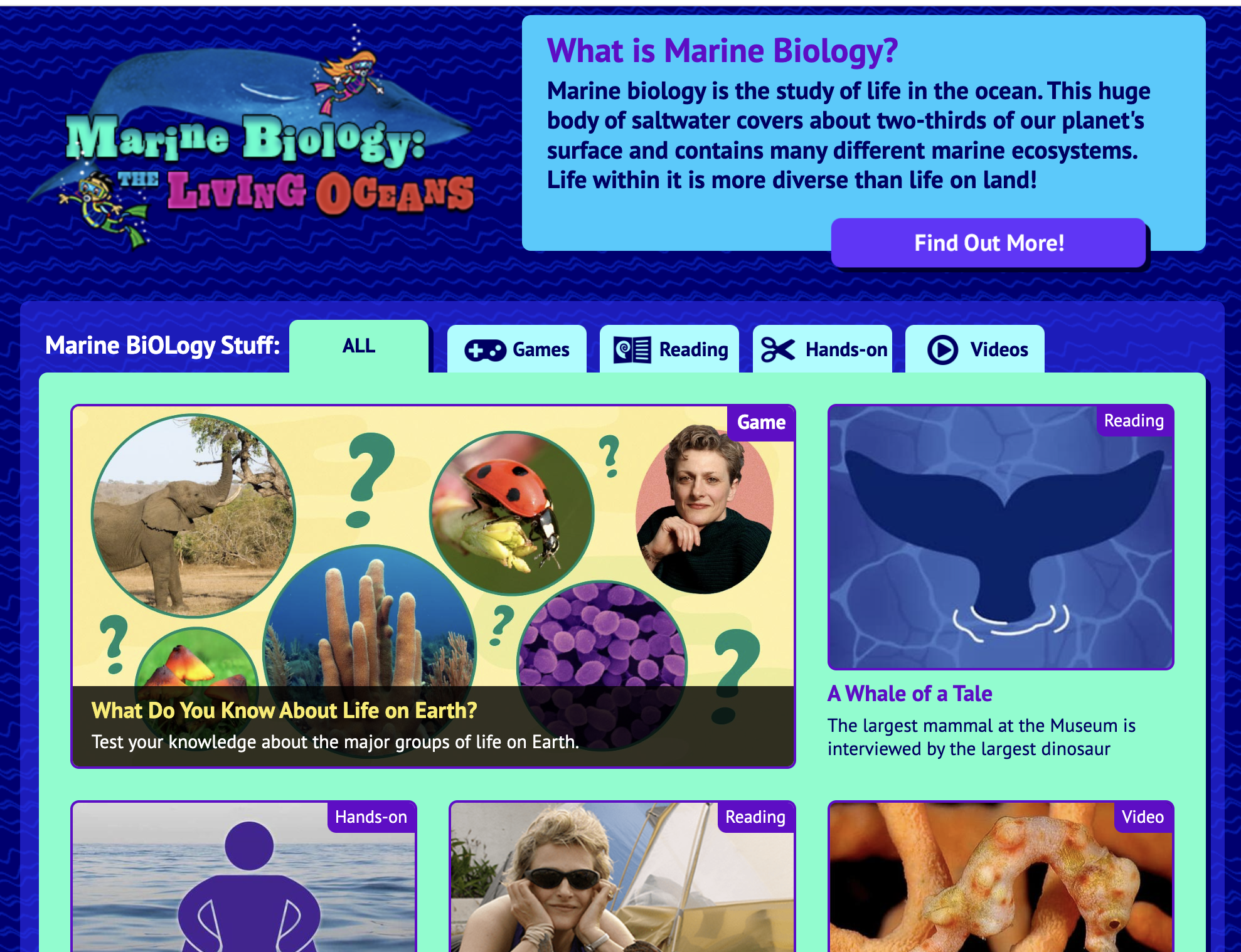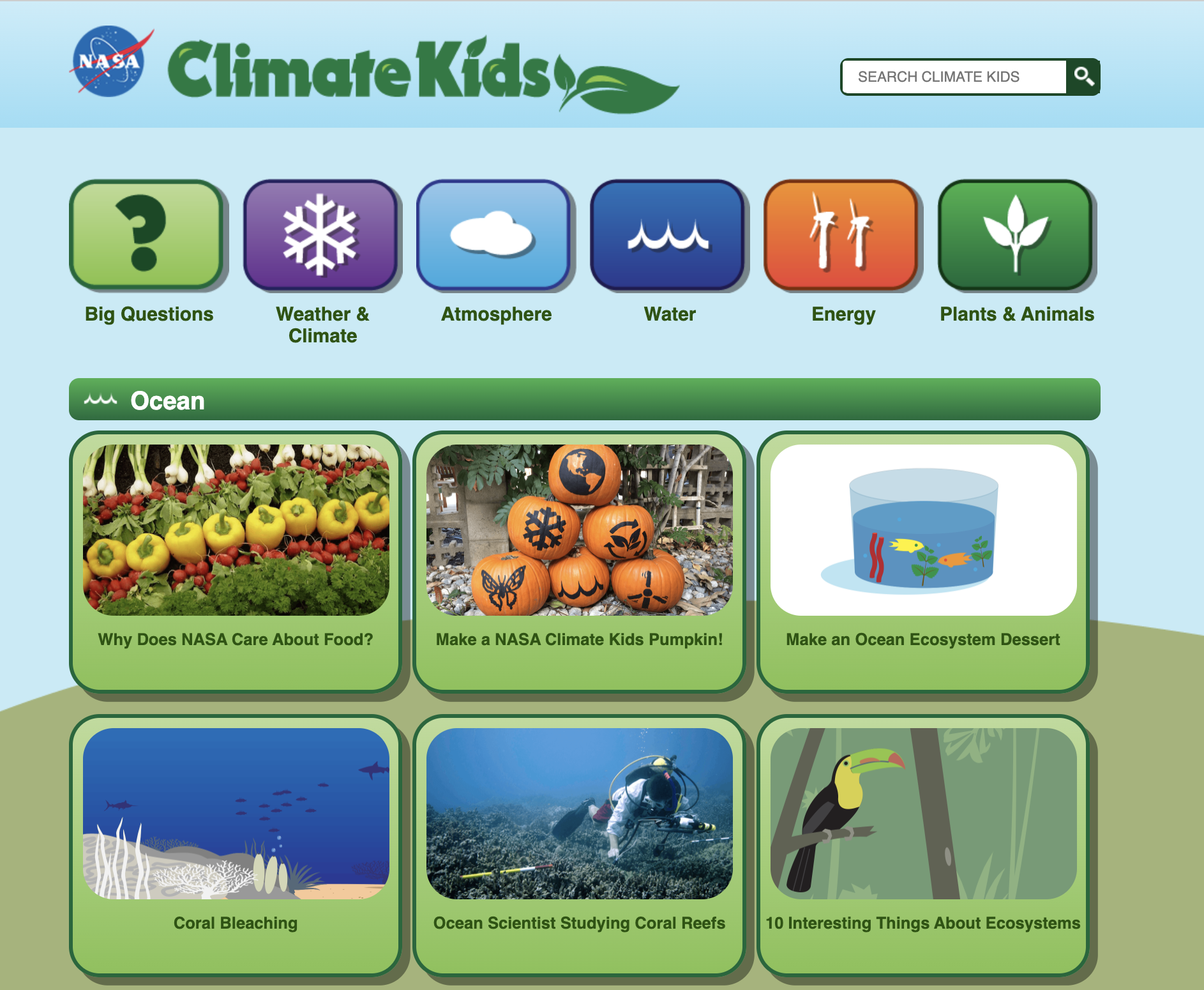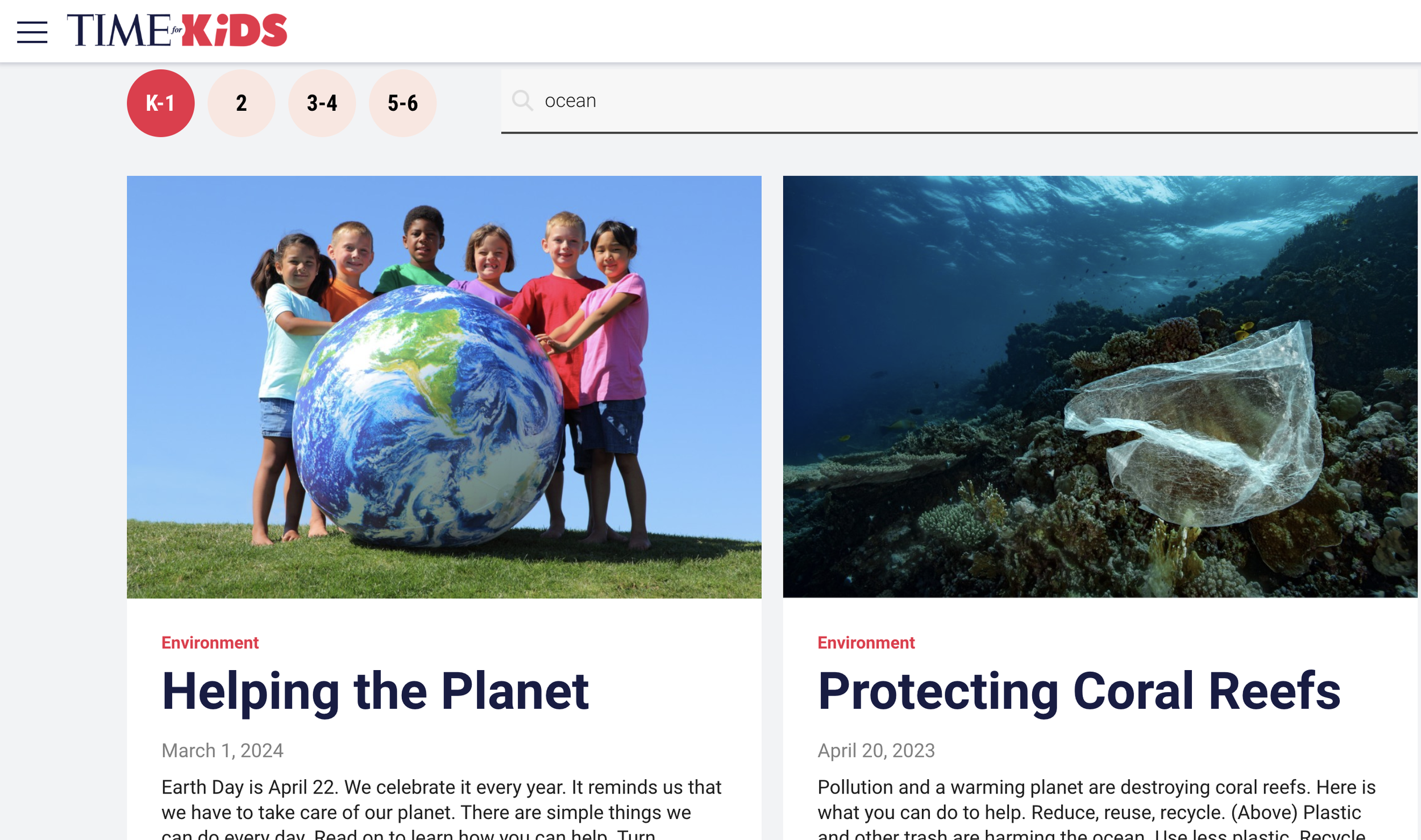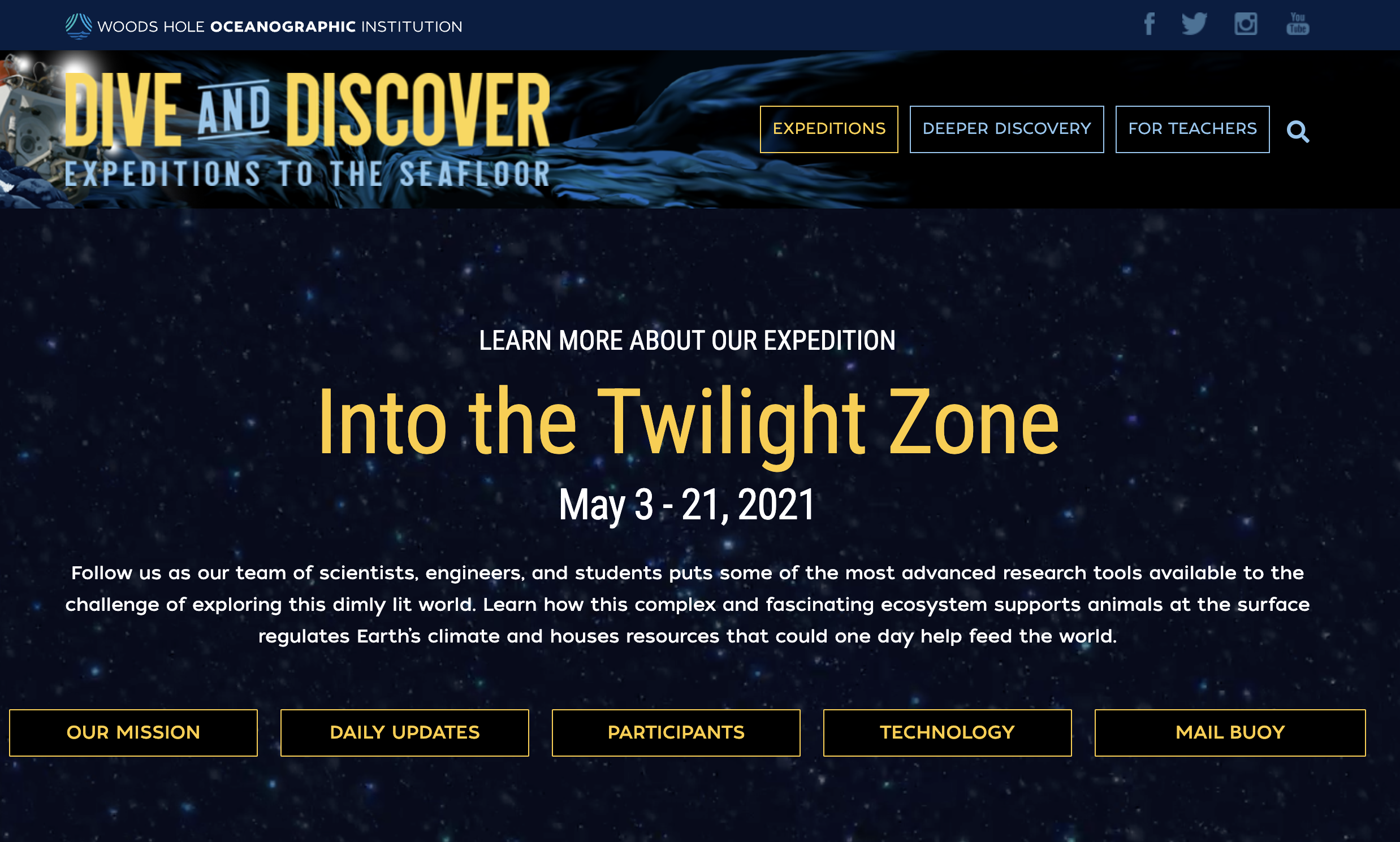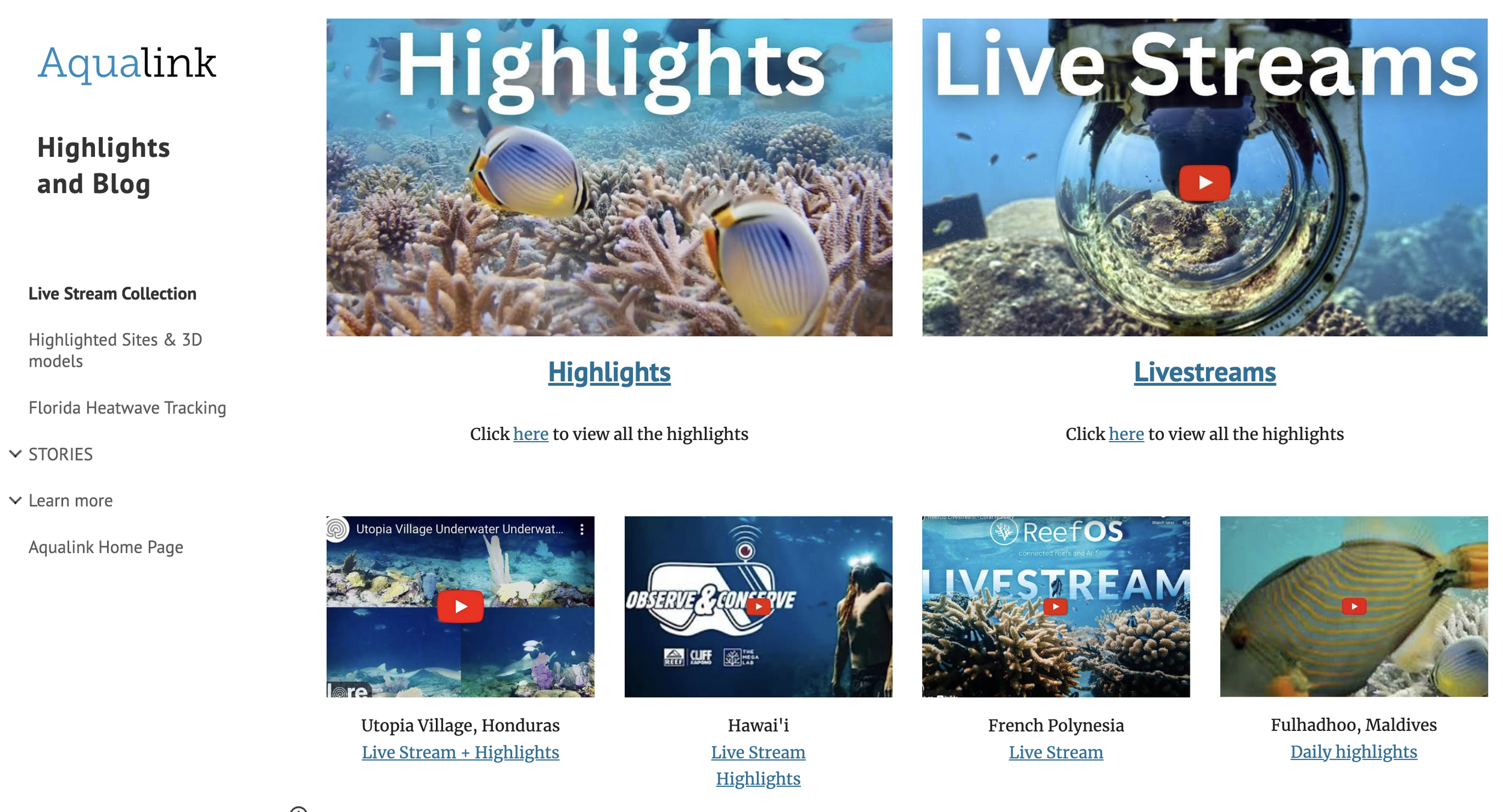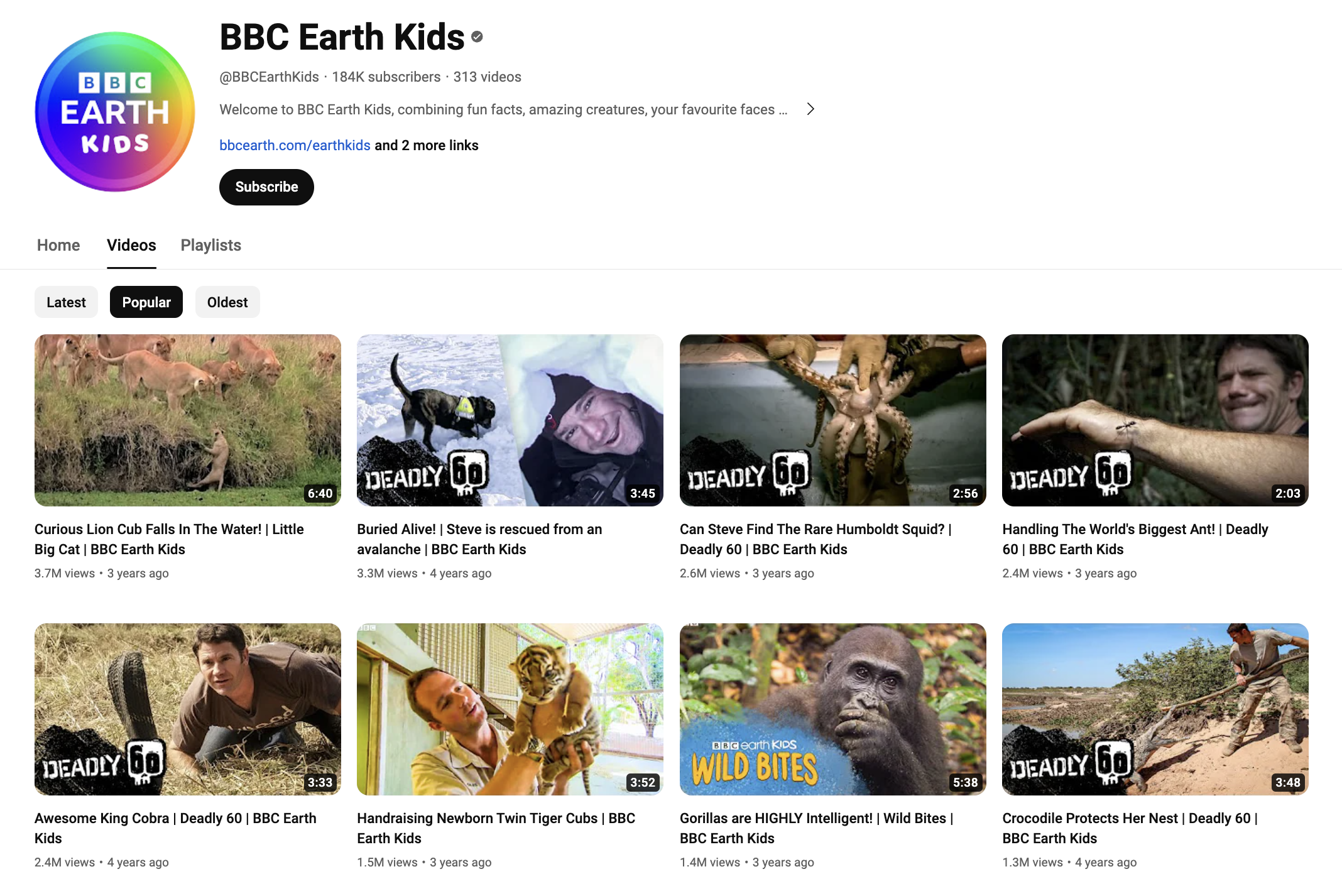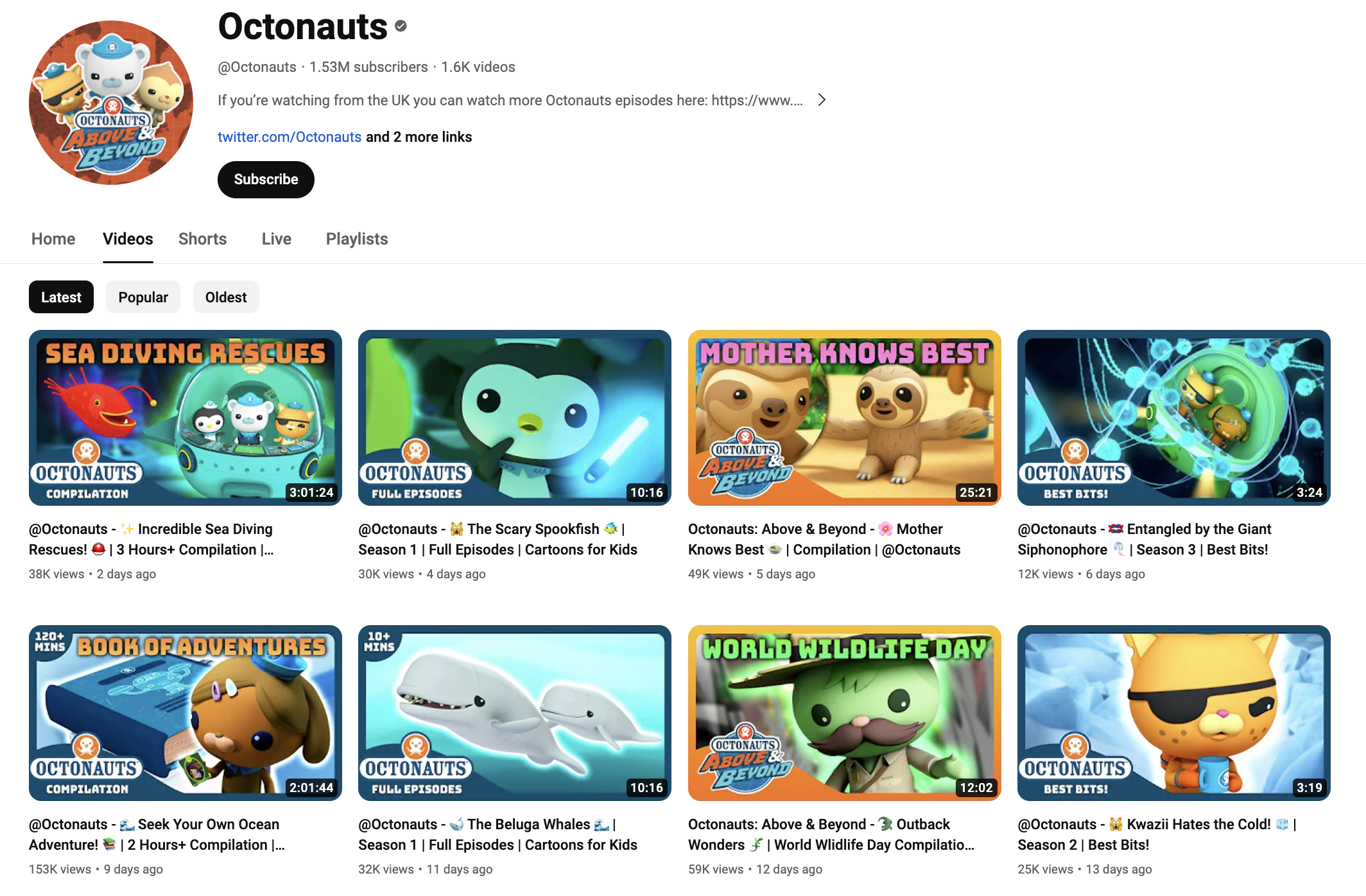Diving Deep: 15 Great Websites for Teaching Kids All About the Ocean
Research Resources for Kids
One of my favourite ways to switch up the classroom dynamic and liven up my lesson plans is to let students explore educational websites on their own. It allows students move at their own pace, explore subtopics that may have caught their interest, and helps illustrate the real world relevance of what they’re doing in the classroom. Learning to search and navigate the websites also helps develop their research skills, and gives us the opportunity to teach media literacy and critical thinking.
Most importantly, though - at least in my opinion - is that it’s teaching students how to learn independently. My hope is always that my students will learn from these lessons that they don’t need a classroom or even a teacher to keep expanding their knowledge; that they realize that if a topic sparks their interest or draws their curiosity, that there are an abundance of fantastic educational resources waiting for them to discover online.
The challenge, of course, when it comes to teaching young children, is that they need guidance and direction when it comes to navigating the seemingly infinite expanse of the internet. That’s why I’ve come up with this series of posts: to give you and your students a jumping off point by introducing you to some great educational resources about whichever topic you’re set to explore.
As always, I encourage you to please investigate the resources for yourself, and ensure their appropriateness, relevance, and accuracy before recommending them to your students. Happy surfing!
Interactive Websites
Ology, by the American Museum of Natural History
The American Museum of Natural History has a fantastic website for kids called “Ology”, which covers a range of scientific and historical topics. Check out Ology’s page on Marine Biology: The Living Oceans, which provides a great introduction to ocean science. The website is very interactive, and includes articles, stories, online games, crafts, experiments, and videos all about marine biology.
National Geographic Kids
National Geographic Kids is an online magazine aimed at young readers, and a great resource for learning about ocean animals. Just make your way to the Nat Geo Kids home page and type “ocean” or “sea” into the search bar, and you’ll find a wealth of articles telling you about a plethora of sea creatures: everything from hairy frogfish to chinstrap penguins. The articles feature beautiful up-close photos of the animals, and often include a short video clip, too. If you’re teaching about conservation, Nat Geo Kids is also a good resource for articles about the impact of plastic pollution on our ocean’s ecosystems.
NASA Climate Kids
Teaching your students about the threat to Earth’s oceans? A great resource for this is NASA Climate Kids, a website which aims to tell the story of the changes our planet is undergoing through the eyes of the NASA missions studying Earth. Although the website is focused on climate change more broadly, they have a page dedicated specifically to the health of the ocean, which includes articles on coral bleaching, ecosystem deserts, ocean acidification and more. The website is mainly articles, but you’ll also find some crafts and interactive games, as well.
Digital Ocean School
by Surfers Against Sewage
Another great option if you’re talking to young learners about ocean pollution is the Digital Ocean School, a website built and maintained by Surfers Against Sewage. This is an interactive click-around website that lets you get a 360 view of the beach while encountering fact bubbles, informational videos, and comprehension quizzes. The information on this site is focused on clean oceans, and covers topics like plastic pollution, water quality, and beach clean-ups.
Global Ocean and Aquatic Library
by Unite for Literacy
Looking to have your students do some reading on the topic? Have them check out the Unite for Literacy’s Ocean Project: the Global Ocean and Aquatic Digital Library. The website features digital picture books on a variety of ocean-related topics, covering everything from sea turtle rescue to swimming across the ocean. Children can click through, and choose to either read the books themselves, or opt to listen to the narration as they look at the pictures.
Time Magazine for Kids
Similar to National Geographic Kids, Time Magazine for Kids is a digital magazine where students can search for ocean related articles. But while Nat Geo Kids tends to focus on animals, Time for Kids covers a more diverse range of ocean topics. Kids will find articles about the ocean zones, sailing, ocean conservation, jobs in ocean science, and even the sinking of the Titanic. One plus about this website is that it allows students to select their reading level (anything from kindergarten up to sixth grade), which ensures your students will find something accessible for their age and skill set.
Dive and Discover
by the Woods Hole Oceanographic Institution
Woods Hole Oceanographic Institution is a non-profit organization dedicated to the ocean exploration, research, and education. One of their endeavours are research expeditions to the bottom of the ocean, and their page, Dive and Discover, is an interactive website which aims to bring visitors along on these research dives. This website isn’t aimed at young learners, so this option will need a little more teacher/parent participation, but I do think this would be great to include in any ocean unit. In addition to articles about deep ocean discovery and student activity ideas, the website allows you to follow along on current and past diving expeditions, reading about their mission purpose, daily updates, slide shows, interviews with the crew, and videos.
Educational Videos
NOAA for Kids: Ocean Today
The National Oceanic and Atmospheric Administration is a scientific and regulatory agency from the United States. They have all kinds of resources on their websites - including worksheets and lesson ideas for teachers. NOAA’s website also includes this fun section for kids, which features several multi-part video series about different ocean topics. Their series include videos on ocean safety, sea animals, coral reefs, shipwrecks, and - my personal favourite - “Creep Into the Deep”.
SciShow Kids
When it comes to teaching, YouTube is a bit of a double-edged sword; there are a plethora of fantastic educational videos to be found, but actually finding them can be a challenge. One channel I consistently return to is SciShow Kids, which reliably has a good production, high-quality information, and kid-appropriate presentation. They have a number of videos on ocean topics, typically designed to answer a question like “What are Waves?” or “Why Can’t We Drink the Ocean?”. If you’re looking to find videos from different creators, SciShow Kids has also assembled a special World Ocean Week playlist with videos from a variety of creators, that you can find here.
The Five Oceans Song by Hopscotch
I love using songs in the classroom. They’re fun, students like them, and they’re a great way to help kids memorize key facts that may be useful in the lesson. One of my personal favourite resources for educational songs is Hopscotch. They have a number of geography and science related songs. Their fantastic ocean song The Five Oceans Song by Hopscotch Songs teaches children some basic information about the ocean, such as that the ocean covers 70% of the Earth, and is divided into five sections. Children learn the names of the oceans, their relative size, and a fun fact about each. The song has a catchy tune and maybe for that reasons has never failed to be a hit with my primary aged students, or to get them to remember the names of all the oceans!
Aqualink Highlights and Livestreams
Aqualink is a philanthropic engineering organization that consolidates information gathered around the world to monitor marine ecosystems for ocean conservationists. Obviously, it’s not aimed at kids - but that doesn’t mean there isn’t anything useful there. A great feature of the website that you can use for students are their livestream cameras, which film eight underwater sites around the world, including Hawai’i, the Maldives, and Miami. You can watch the live streams as they happen, or - even better - choose a camera’s daily highlights, for all the best footage.
Aquarium Livestreams
Another live cam option are streams from your local aquarium. Although you aren’t viewing the actual ocean, this is a good choice if you’re hoping to teach your students about a specific animal, since you can be more certain of its appearing on screen. My preferred aquarium for live streaming is the Monterey Bay Aquarium, which has ten different cameras to choose from. For a more informational experience, the aquarium also an option to listen to a live narration by the aquarium staff if you tune in during feeding times for their penguin, sea otter, kelp forest or open sea cams.
Bill Nye the Science Guy
An oldie, but a goodie. Available on Bill Nye’s official YouTube channel, you can find a series of two to three minute clips from the classic “Bill Nye the Science Guy” television show, where the scientist performs an experiment, and explains its significance in kid-friendly language. This is a great option if you’re looking to do experiments with your students in class, and discuss the real world implications of the results. For an ocean-related task, look for his episode “Bill Nye the Science Guy on Ocean Currents”.
BBC Earth Kids
Another fantastic YouTube channel for teaching kids about the planet is BBC Earth Kids. Their channel features the same documentary-style footage you can find on BBC Earth, but with more child-friendly commentary. Their up-close footage of sea creatures includes videos like “Dolphins Play Catch With a Pufferfish” and “A Blue Whale’s Tongue Weighs More Than an ELEPHANT!”. They also have several ocean-related informational videos, whose topics include “Do Fish Drink?”, “Should I be Afraid of an Octopus?” and “How to Draw a Crab!”
Octonauts
A popular book series turned television show, the Octonauts follows a crew of underwater explorers as they go on a series of ocean adventures. Although not strictly educational, Octonauts is an entertaining show, full of fun ocean facts, and there are episodes on almost every sea creature you can think of. Many of these episodes are available to watch on Netflix or the Octonauts YouTube Channel. Chances are a number of your students are already familiar with Octonauts, so this is a great option if you’re looking for a quick video to foster engagement, or are hoping for a rainy-day recess movie option that reinforces the lessons you’ve been doing in class.
And that’s it! I hope you found this article helpful, and that I managed to introduce you to at least one or two new resources that you’ll be able to use with your students.
If you’re looking for more ocean-themed activities for your classroom, I have a bunch of fun resources available here.
Until next time!

